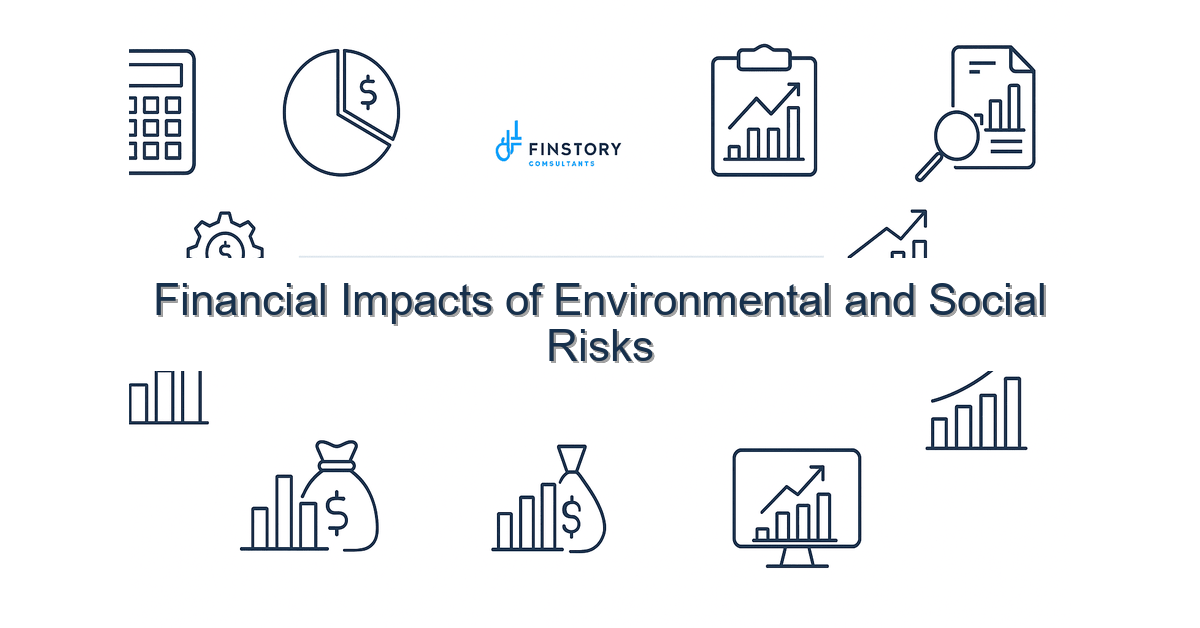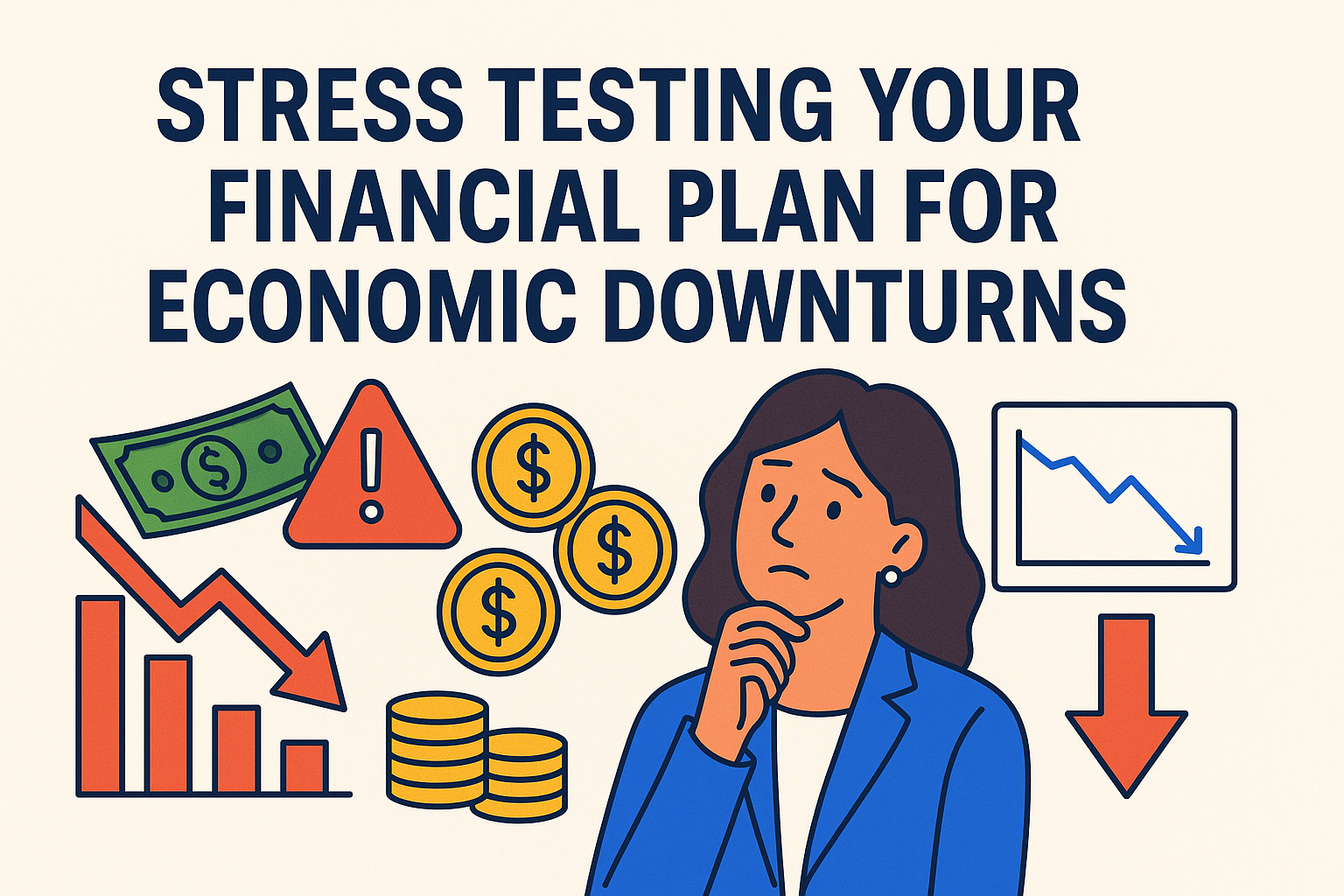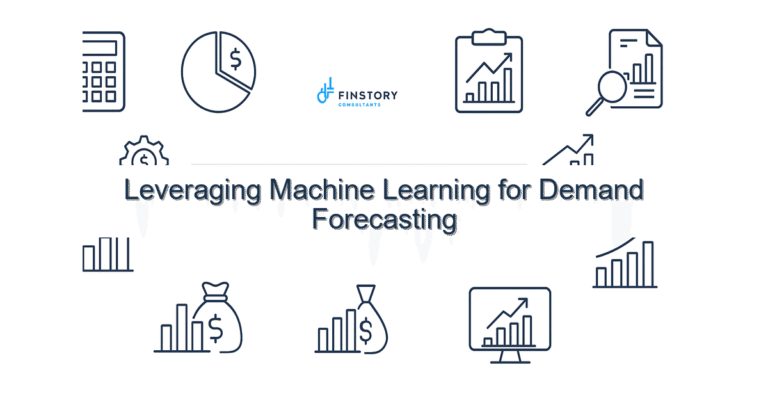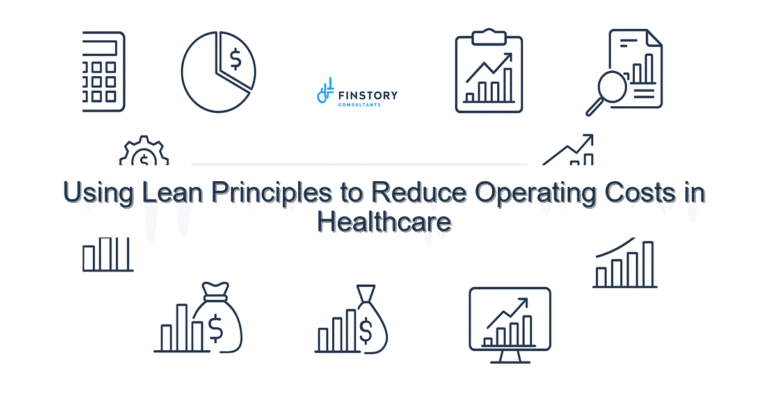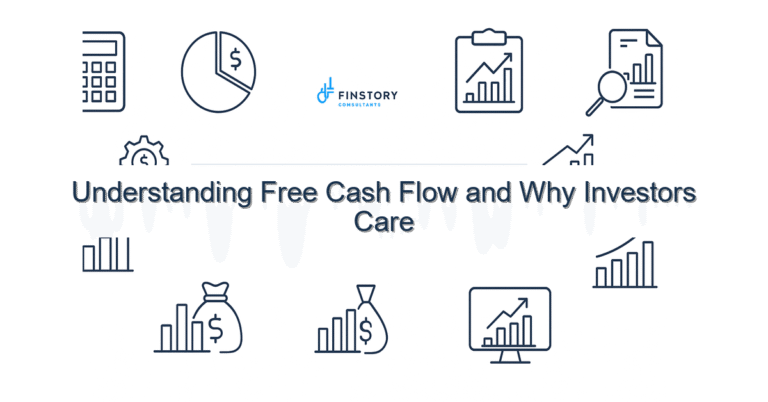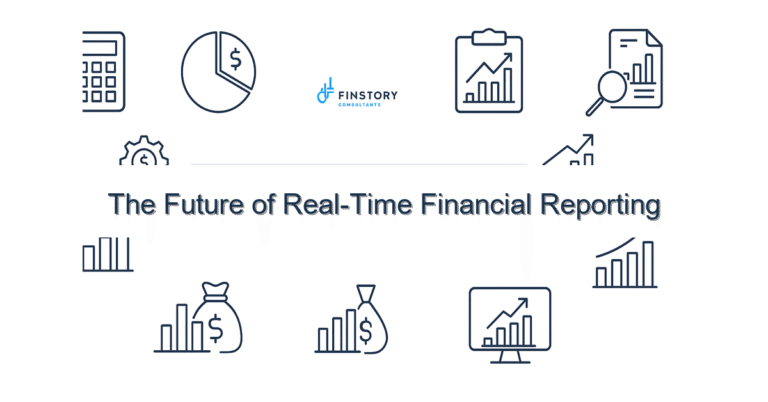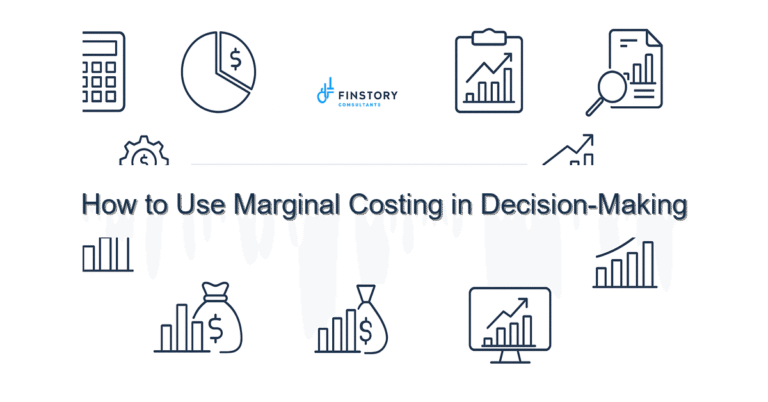Financial Impacts of Environmental and Social Risks
You’re juggling budgets, patient care targets, and a thousand tiny cash decisions—now add floods, staffing crises, and community expectations. It’s frustrating when trends outside your balance sheet quietly widen margins and sap your working capital.
Summary: Identify and quantify the financial impacts of environmental and social risks so you can prioritize mitigation investments, tighten forecasts, and protect operating margins—turning hidden exposures into managed line items that finance and operations control together.
What’s the real problem with environmental and social risks?
Environmental and social risks show up as shocks to cost, revenue, and cash flow that your existing forecasting and controls weren’t built to handle. In healthcare, these risks come from extreme weather, supply chain disruption, workforce shortages, community relations, and regulatory changes tied to sustainability and equity.
- Forecasts that miss sudden cost increases—energy, temporary staffing, or emergency supplies.
- Unexpected write-offs or capital delays after an environmental incident (e.g., facility damage from flooding).
- Rising insurance premiums or fines tied to compliance, social harm, or governance lapses.
- Reputational hits that reduce elective admissions or donor funding in the short term.
What leaders get wrong
Finance leaders often treat these issues as “operational” problems and keep them out of the capital and forecasting process until they become urgent. That reactive posture increases cost and creates scrambling budgets.
Common missteps:
- Waiting for a crisis before quantifying the financial exposure.
- Modeling risks only qualitatively (a paragraph in a board deck) rather than converting them into cash and P&L scenarios.
- Keeping sustainability, community health, and risk teams siloed from FP&A and treasury.
- Under-investing in simple mitigations because their value isn’t reflected in short-term KPIs.
A better approach to environmental and social risks
Shift from reactive to integrated risk finance: translate environmental and social risks into financial line items, model their probabilities and impacts, and make mitigation decisions with clear ROI. Here’s a compact framework you can apply this quarter.
- Step 1 — Identify & prioritize: Map risk events (flood, workforce strike, supply interruption) and link them to balance sheet, P&L, and cash flow impacts. Score by likelihood and financial severity.
- Step 2 — Quantify scenarios: Create 2–3 stress scenarios (likely, severe, catastrophic) with estimated cost, revenue loss, recovery time, and capex needed.
- Step 3 — Integrate into forecasts: Embed scenarios into rolling forecasts and liquidity plans; run monthly variance analysis against a climate/social-adjusted baseline.
- Step 4 — Prioritize mitigations by ROI: Compare costs of hardening facilities, diversifying suppliers, or investing in retention programs against expected avoided losses and insurance savings.
- Step 5 — Report and act: Build a concise dashboard for leadership and the board that tracks exposures, mitigation status, and realized savings or avoided losses.
Real-world story: A regional hospital system we worked with quantified the cost of recurring extreme heat effects on cooling and staffing. By modeling a moderate scenario, they justified a $1.2M chiller upgrade that lowered annual energy and temp-staffing costs by about $350k—payback in under four years—while reducing forecast variance in summer months by ~18%.
Quick implementation checklist
- List the top 10 environmental and social events that could affect your organization.
- For each, note the first-order financial impact (costs, lost revenue, capex) and a probability estimate.
- Add a column for who owns the mitigation (operations, facilities, HR, supply chain, finance).
- Build three simple scenario worksheets in your FP&A model: base, stress, and severe.
- Run a one-page dashboard in Power BI or Excel showing potential cash impact over 12 months.
- Flag the top 2 mitigations with payback <5 years for immediate executive review.
- Update rolling forecast assumptions and contingency cash buffers accordingly.
- Set a monthly review cadence between FP&A, treasury, and operations owners.
What success looks like
- Forecast accuracy improves: seasonal variance reduced by 10–25% as weather and social risk adjustments are incorporated.
- Faster decision cycle: from incident to financial action reduced from weeks to days.
- Lower unexpected costs: reduction in emergency temp-staff spend or crisis procurement by 20–40%.
- Cash resilience: maintain a contingency buffer sufficient for 90 days of worst-case scenario burn.
- ROI on mitigations: prioritized investments with payback in 3–5 years and positive NPV.
- Improved insurer terms: demonstrated risk reduction leading to premium moderation or lower deductibles.
Risks & how to manage them
- Risk: Poor data quality—mitigation: centralize incident, supply, and cost data into one source; run reconciliations monthly.
- Risk: Over-investing in low-impact fixes—mitigation: require a simple ROI and scenario reduction estimate before capital approval.
- Risk: Change fatigue and poor adoption—mitigation: small pilots with rapid wins, then scale; include operations leaders in metric design.
Tools & data
Practically, you’ll use finance automation, scenario modeling, and visual leadership reporting to make this real. Recommended stack elements:
- Finance automation for rolling forecasts and variance analysis (reduces manual refresh time).
- Power BI dashboards that combine operational data (facility sensors, HR churn, supplier lead times) with financial models.
- Scenario and sensitivity models in FP&A that feed into treasury liquidity planning.
- Integration with procurement and maintenance systems so supply chain and asset risks flow into the finance model.
FAQs
How do environmental and social risks show up on financial statements?
They can appear as higher operating expenses (energy, temp staff), impaired assets or capital delays (balance sheet), higher insurance or compliance costs, and reduced revenue from lower elective volumes.
Which KPIs should finance track first?
Start with forecast variance (by month), emergency procurement spend, temp labor spend, insurance premium trends, and contingency cash days.
How much should we budget for mitigation?
There’s no one-size answer. Use scenario modeling to estimate expected annualized loss and then invest in mitigations with positive ROI—target payback within 3–5 years for capital fixes.
Is this relevant for small clinics?
Yes—scale the exercise. Smaller organizations benefit from simple scenario worksheets and one or two prioritized mitigations (e.g., cross-trained staff, supplier diversification).
Next steps
If you want to stop reacting and start controlling the financial impacts of environmental and social risks, begin by mapping exposures this week and building a two-scenario forecast for your next board packet. When you’re ready to move from a spreadsheet experiment to an operational solution, contact Finstory to design and implement it with your team.
Work with Finstory. If you want this done right—tailored to your operations—we’ll map the process, stand up the dashboards, and train your team. Let’s talk about your goals.
Related reading: See our posts on operational forecasting and financial planning services for practical templates and case studies. For cost transformation ideas in healthcare, read this guide.
Keywords: environmental and social risks; financial impacts of environmental and social risks; managing environmental and social risks in healthcare finance.
Contact CTA: Ready to quantify the financial impacts of environmental and social risks and embed them in your forecasts? Contact Finstory and we’ll build the scenario models and dashboards you need.
📞 Ready to take the next step?
Book a 20-min call with our experts and see how we can help your team move faster.
Prefer email or phone? Write to info@finstory.net
or call +91 44-45811170.
